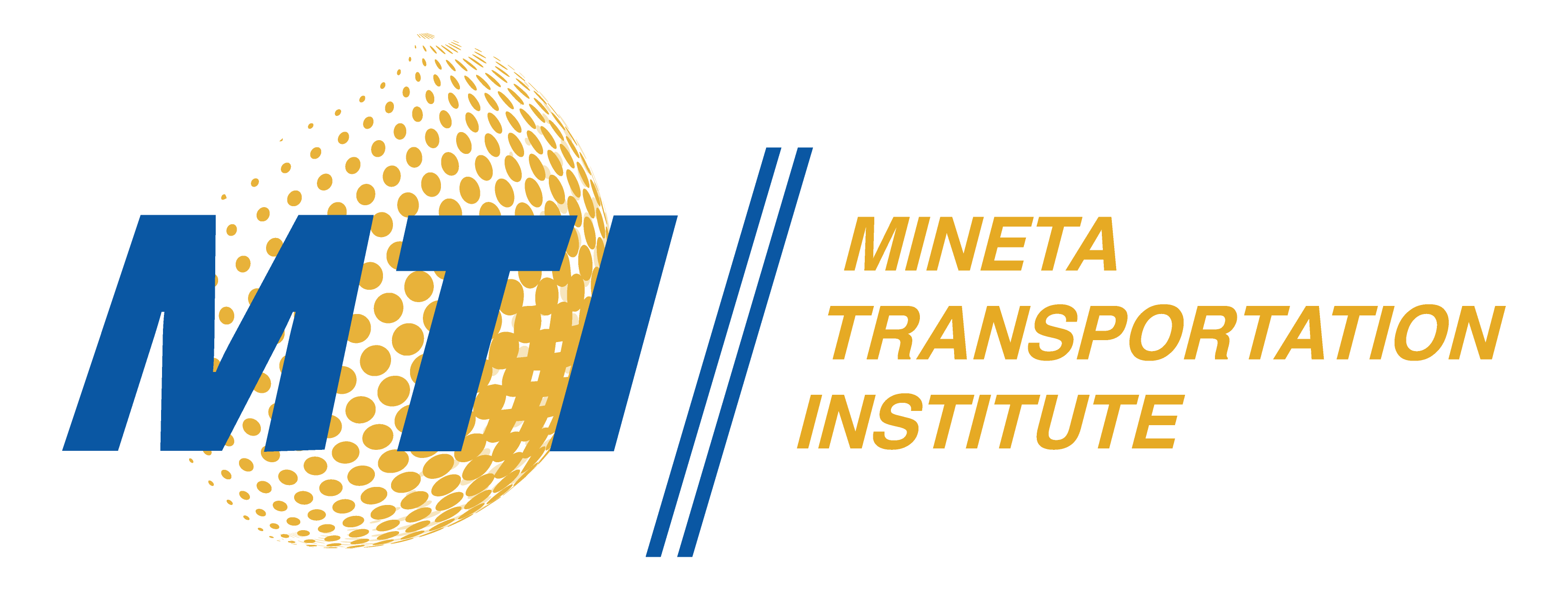Description
Every year, over 60,000 work zone crashes are reported in the United States (FHWA 2016). Such work zone crashes have resulted in over 4,400 fatal and 200,000 non-fatal injuries in the last 5 years (FHWA 2016, BLS 2014). Apart from the physical and emotional trauma, the annual cost of these injuries exceeds $4 million-representing significant wasted resources. To improve work zone safety, this research developed a system architecture for unveiling high-risk behavioral patterns among highway workers, equipment operators, and drivers within dynamic highway work zones. This research implemented the use of a connected virtual environment, which is an immersive hyper-realistic and virtual environment where multiple agents (e.g. workers, drivers, and equipment handlers) control independent simulators but experience an interactive and shared experience. For this project, the team conducted an in-depth analysis of accident investigation, simulated accident scenarios, and tested diverse interventions to prevent high-risk behavior. Overall, the research improved understanding of behavioral patterns that lead to injuries and fatalities of highway workers in order to better protect them in high-risk work environments. As part of making transportation smarter, this project contributes to smart behavioral safety analysis.
Publication Date
7-2022
Publication Type
Report
Topic
Miscellaneous, Sustainable Transportation and Land Use, Transportation Technology, Workforce and Labor
Digital Object Identifier
10.31979/mti.2022.2137
MTI Project
2137
Mineta Transportation Institute URL
Keywords
Construction, Hazard detection, Work zone, Safety, Roadway
Disciplines
Construction Engineering and Management | Infrastructure | Transportation | Transportation Engineering
Recommended Citation
Vahid Balali. "Connected Simulation for Work Zone Safety Application" Mineta Transportation Institute (2022). https://doi.org/10.31979/mti.2022.2137
Research Brief
Included in
Construction Engineering and Management Commons, Infrastructure Commons, Transportation Commons, Transportation Engineering Commons

